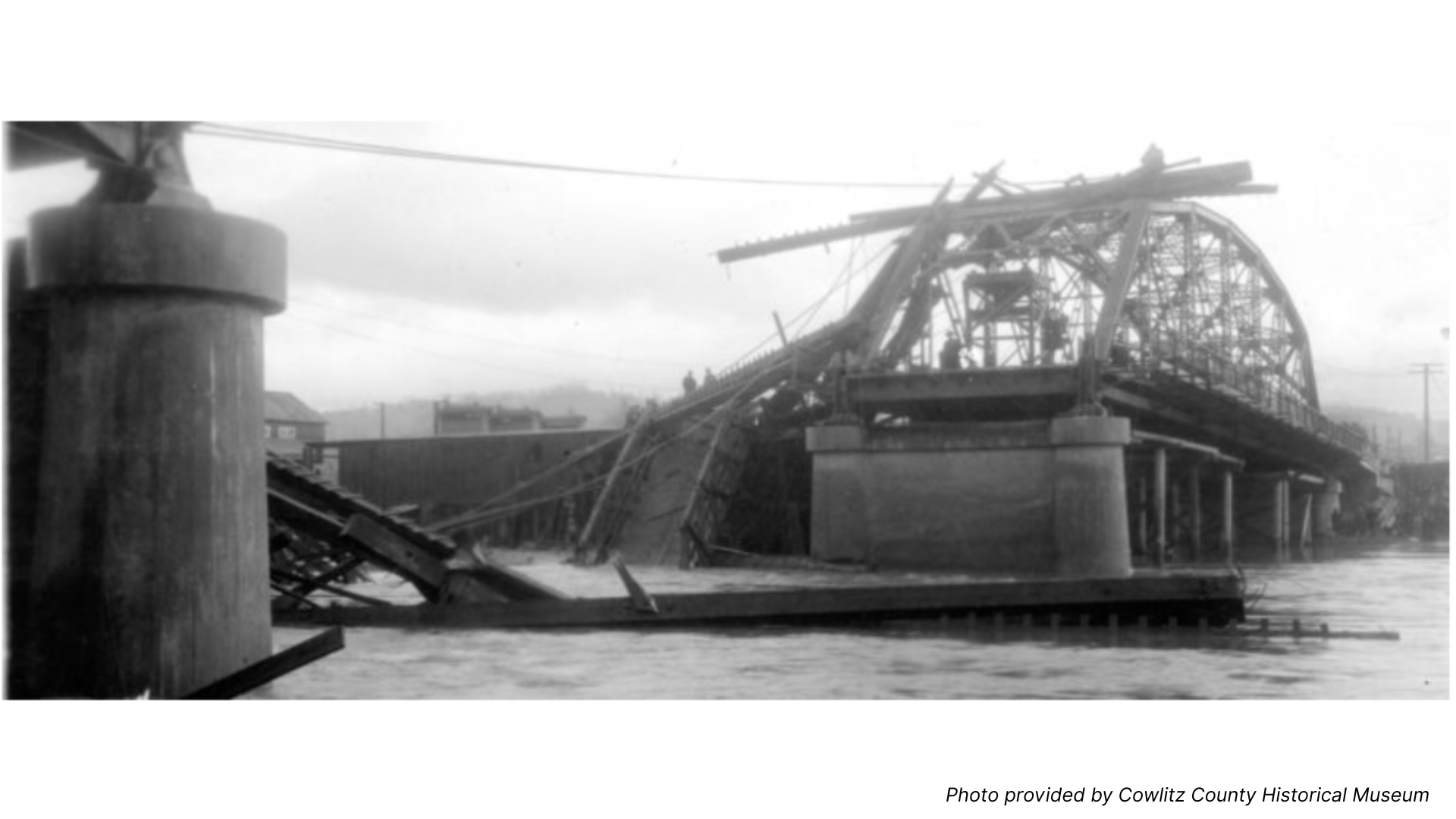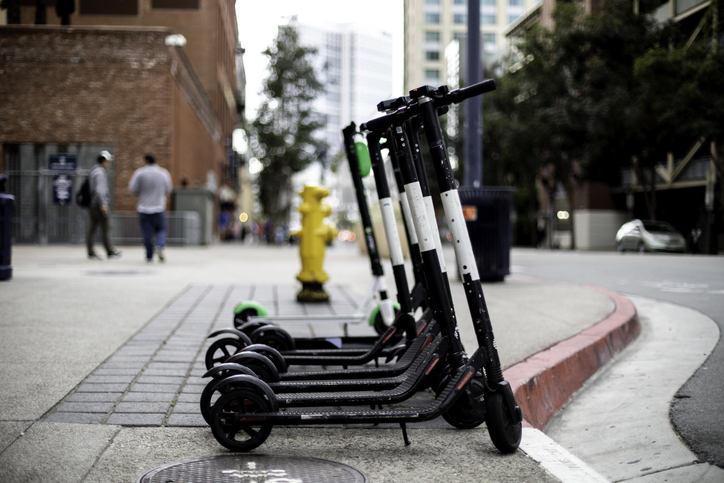Homer Simpson once explained that “trying is the first step toward failure.” That, in a nutshell, is the attitude regarding road construction of Washington state transportation planners using a theory called “induced demand.”
Induced demand theory says if you supply more of any product, more people will want it. Elon Musk, CEO and chief engineer of SpaceX and Tesla, recently called it “one of the most irrational theories” he has ever heard.
Transit advocates apply the theory to road construction to suggest that building more lanes will cause people to drive more, filling up any new capacity, making traffic congestion worse than before. However, they fail to apply this theory consistently, arguing that congestion will improve if people switch from cars to taking transit or riding bikes, creating more space on the road (which should just be filled up according to their theory).
Using induced demand as an excuse to stop highway expansion would also imply we should never build another hospital because it would just fill up with sick people.
US Energy Secretary Rick Perry was ridiculed two years ago by economists for extolling a similar theory in relation to the coal industry. Adele Morris, policy director for Climate and Energy Economics at Brookings Institution said, “What he seems to be suggesting was that if suppliers supplied more, then people would demand more…Well, suppliers don’t control demand, they control supply.”
The belief in induced demand stems from an academic study from 2011 that claimed “vehicle miles of travel (VMT) on urban interstates increases proportionally to highway capacity. In effect…highway supply creates its own demand.” In a recent commentary on induced demand, Reason Foundation’s Director of Transportation Policy, Bob Poole, pointed out several limitations with the study.
First, he notes that the study treated all roads as a “large blob” – without distinctions between parallel arterials or other roadways. As a result, the authors could not study how much drivers shifted their trips from parallel arterials to a newly expanded interstate, “which would not represent new driving, but simply a re-allocation of existing driving.”
Second, he points out that the study assumes all freeways have a “natural level of saturation” so all roads should “fill up to the point of serious peak-period congestion.” In reality, congestion levels vary, so the relationship between capacity expansion and congestion increase is not a decisive 1-1 ratio. One of the problems of the induced demand theory is that it assumes “continuous congestion everywhere,” which you can see for yourself is not true by looking at traffic at 2 a.m.
People make trips, which cost time and money, when they have somewhere to go. A more open road is not an incentive to generate a trip that does not have to be taken otherwise. People choose a transportation mode when it serves their travel needs and reflects their values. For example, when I choose to drive because I need to get to work and meetings, it is because I value my time, personal safety, flexibility, and autonomy. I will take whatever transportation mode accommodates those values and gets me where I need to go.
This is why, despite billions spent on transit over the years and billions more expected to be spent by 2040, regional planners admit transit’s work trip market share will not increase substantially. They say we should expect traffic congestion to get worse. Driving will continue to be an important part of our lives.
Third, Poole points out that though marginal increases in freeway capacity may produce marginal traffic relief, making larger investments in capacity additions will yield better results. He cites a Texas A&M Transportation Institute mobility report from 2012, which shows 17 cities that “kept capacity growth to within 10 percent of VMT growth have (on average) experienced decreasing congestion since 1997.”
From the report: “Urban areas where capacity increases matched the demand increase saw congestion grow much more slowly than regions where capacity lagged behind demand growth.” (p.20)
Unfortunately, the Washington State Department of Transportation (WSDOT) has given up on providing traffic relief, as the agency’s leader has declared (and justified on the basis of induced demand theory) that, “traffic congestion is a problem we simply cannot solve.”
Even if induced demand were real, Poole asks, “does the ‘futility’ conclusion of the anti-highway people follow?” No. When roadway capacity is artificially restricted as it has been for years in Washington State, any road added to the system will likely be filled with existing drivers shifting from different travel times, or arterials, or other modes. These drivers represent existing demand that is not being accommodated by WSDOT.
My favorite illustration of this is provided by The Suburbanist, a free-market transportation and land use blog.
“The demand schedule for a stretch of highway, like the demand for anything else, is the number of people who will use it across a range of prices. For example, a demand schedule might indicate that 1,000 people would use it with a toll of $20, 2,000 with a toll of $10, 6,000 with no toll at all…
Consider a toll-free highway with a quantity demanded of 6,000, and a capacity of 3,000. If a new lane increases the capacity to 4,000, the road will obviously remain congested. Induced demand says that new demand was created! Not so: The demand schedule is unchanged, and the quantity demanded without tolls (6,000) is also unchanged. The only thing that changed was the quantity supplied, which remained insufficient to accommodate the quantity demanded when the toll equals zero.”
Arguing that building those roads was meaningless is similar to arguing that feeding a starving person didn’t make a difference because they are still hungry.
When drivers are served well by the roadways they have paid for, the increase in mobility, as well as greater and faster access to employment, should be praised as a positive outcome. This is what real expansion of transportation choices looks like – not coercing people into travel modes that reduce their overall quality of life.
As Poole concludes, “infrastructure providers are supposed to provide the vital facilities that people are willing to pay for, not tell them that their preferences are wrong.” Public officials should take that message to heart and redirect WSDOT to fulfill its proper role in building and maintaining the state's critical road network.





